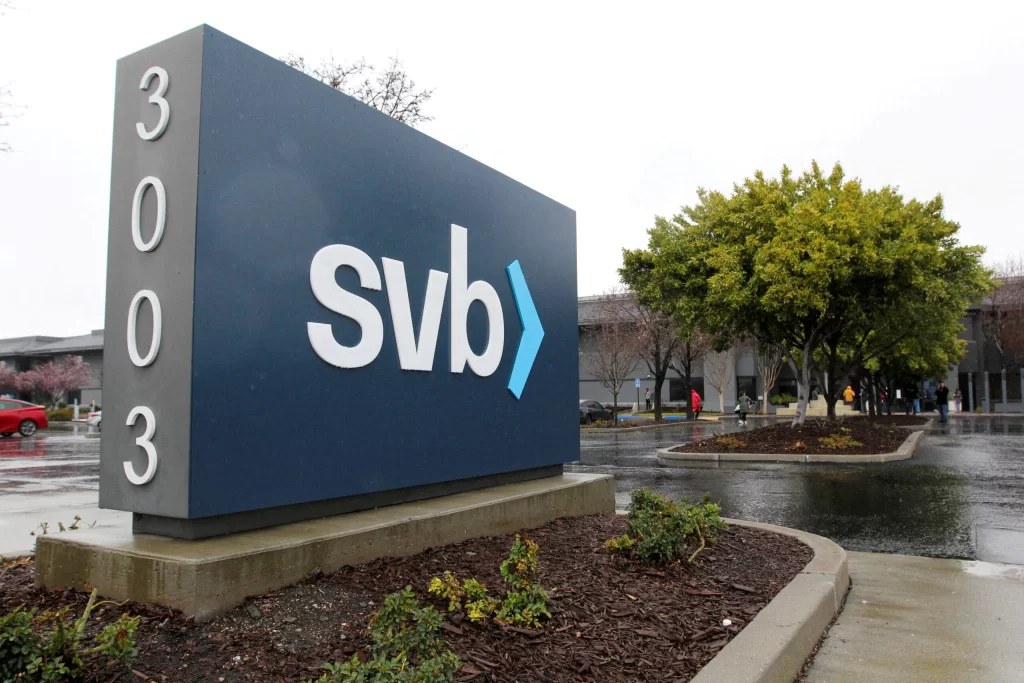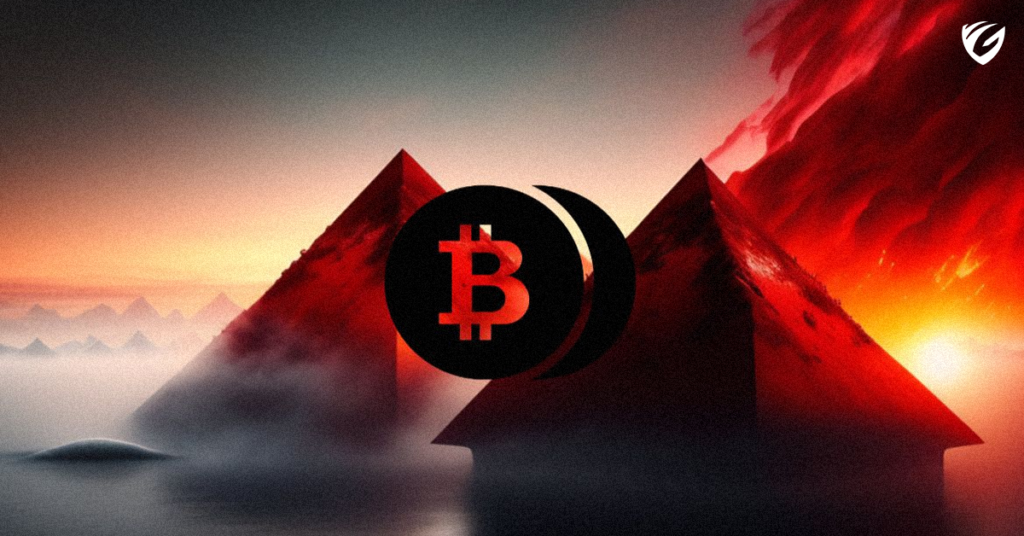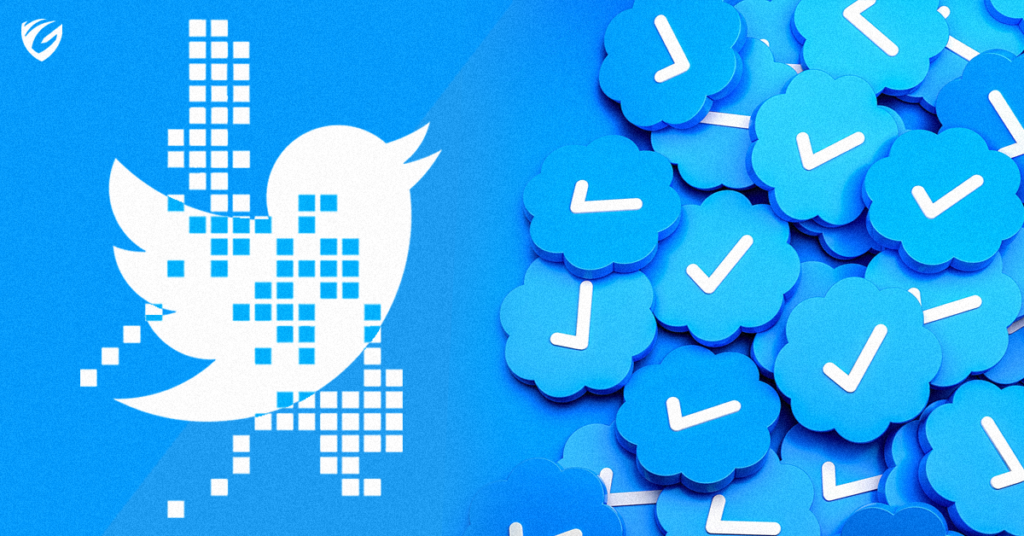Making Sense of Blockchains
When Bitcoin first arrived on the scene in 2008, few people knew what it was or how it could be used. Now it’s one of the most well-known technologies in the world, but back then it was mysterious and inaccessible to many people. Today, Bitcoins and other cryptocurrencies are more widely understood and used in everyday transactions.
However, the underlying technology – the blockchain – is still relatively obscure to most people. So what is the blockchain and how does it work? And how does it relate to Bitcoin?
What is Blockchain?
Blockchain is a digital ledger that records transactions between two parties in a secure and verifiable way, without the need for a central authority or middleman. By design, a blockchain database is resistant to modification of the data it contains. It is an open, distributed ledger that can record transactions between two parties efficiently and in a verifiable and permanent way. The transactions are verified by network nodes through the use of cryptography and recorded as a block in the blockchain database. Once recorded, the data in any given block cannot be altered retroactively without the alteration of all subsequent blocks, which requires collusion of the network majority.

Decentralized networks are revolutionary because no single entity has the power to control them. This is unlike networks like the Internet or Facebook which are centralized networks because a single entity controls them. While centralized networks are relatively easy to manage, they also create problems because one entity has power over the flow of information on the network. For example, Facebook can block or post whatever they want and there’s nothing anyone can do about it.
On the other hand, decentralized networks like Bitcoin are more difficult to manage but it’s harder for a network controlled by a single entity to control everything.
How does the blockchain work?
Think of a blockchain as a transparent digital ledger that records transactions between digital wallets and groups them chronologically by block. Each block contains a cryptographic hash of previous block and transactions in it and a link to the previous block in the chain. The ledger is distributed across a network of computers called nodes that share information about new blocks with other nodes. The nodes validate the contents of the block and add it to the chain if it’s valid. The links in the chain are cryptographically protected so that no one can manipulate the chain without detection.
The four key concepts behind blockchain are:
- Shared ledger. A blockchain is essentially a shared ledger that records transactions across many computers at once and is maintained by a network of computers.
- Permissions. Permissions ensure that transactions are authenticated, verifiable, and secure.
- Smart contracts. Smart contracts are pieces of code that run on a blockchain network. If two parties agree to a smart contract, the contract will automatically execute once certain conditions have been met.
- Consensus. Through consensus, all parties agree to the network-verified transaction. Blockchains have various consensus mechanisms, including proof of stake, multisignature, and PBFT (practical Byzantine fault tolerance).

History of Blockchain
- 1991- A group of researchers led by Stuart Haber and W Scott Stornetta describe a cryptographically secured chain of blocks for the first time, which they call a block chain. They envision that, in the future, this block chain could be used to store records of any and every transaction made in the digital world.
- 1998- Nick Szabo created “bit gold”, a decentralised digital currency.
- 2000- Stefan Konst published his theory of cryptographic secured chains, including ideas for implementation. The theory proposes a crypto-secured chain that is fast, efficient and cost-effective.
- 2008- A group of software developers working under the pseudonym Satoshi Nakamoto released a white paper establishing the framework and model for blockchain, an entirely decentralized digital ledger that records transactions between two parties efficiently and in a verifiable and permanent way.
- 2009- Nakamoto initiates the first public blockchain as the public ledger for transactions made using Bitcoin.
- 2014- Blockchain technology is separated from the currency and being examined for its potential in other financial, interorganisational transactions.
The relationship between Blockchain and Cryptocurrency
Blockchain is the underlying technology that enables the existence of cryptocurrency (among other things). Bitcoin was the first cryptocurrency, the one for which blockchain technology was invented.
Other blockchains include those that run the several hundred “altcoins” – other similar projects with different rules – as well as widely different applications, such as:
Ethereum: Ethereum is currently the largest blockchain-based distributed computing platform which executes smart contracts using a cryptocurrency called “ether.”
Ripple: Ripple is a cryptocurrency and blockchain network that aims to improve international money transfers. Ripple is a centralized network run by the company of the same name. Instead of using the bitcoin blockchain, it uses its own blockchain network called XRP Ledger. Ripple XRP is the cryptocurrency that fuels the Ripple network.

Which industries could blockchain disrupt?
The blockchain is much more than just a way to make payments with cryptocurrencies such as Bitcoin and Ethereum. It’s also a powerful platform that can be used in a wide range of industries to transform the way businesses operate today. In fact, the technology is already changing the way money is exchanged, supplies of essential goods are managed, and personal information is stored and shared. By offering a secure way to record transactions without the need for a central authority such as a bank or government, the blockchain has the potential to transform how business is done around the world. Here are a few industries the blockchain could completely disrupt:
Finance
Financial institutions are starting to use blockchain technology to improve security and efficiency within financial services. Blockchain technology has applications in financial services such as payments, cross-border payments, securities trading, and loan origination and securitization. It can even improve processes around regulatory compliance and risk management. Financial institutions are also exploring blockchain use cases in capital markets transactions and syndicated loans.
Internet of things, robotics, and artificial intelligence
Blockchain’s usefulness is rapidly expanding beyond Bitcoin into other areas involving the Internet of Things (IoT), artificial intelligence (AI) and robotics. For example, blockchain could make self-driving cars more secure and help improve autonomous robots by recording interactions and transactions with them securely and privately. Blockchain could also enable the development of smart contracts and Decentralized Autonomous Organizations (DAOs).
Intellectual property rights
The blockchain can play an important role in intellectual property rights management by making it easier to share and transfer rights between entities and individuals. Ownership of digital assets like copyright and trademarks is often difficult to prove and enforce due to technology issues, but the blockchain provides a decentralized infrastructure that simplifies this process and allows users to quickly register and share information and proof of ownership.
Blockhain adoption
Despite some setbacks and resistance from regulators around the world, the blockchain is in the process of being adopted in a wide variety of areas. From finance to healthcare to government services and beyond, recent studies predict that the blockchain will be widely adopted by 2024. This is largely thanks to Bitcoin’s popularity as a cryptocurrency and blockchain’s promise for greater efficiency and data security. In fact, blockchain adoption by businesses is already increasing rapidly. A recent study by Juniper Research found that blockchain deployments will enable banks to save more than $27 billion by the end of 2030.
However, predicting blockchain’s widespread adoption is difficult as the technology is still in its infancy. Like early web pioneers, those familiar with the technology are rewarded handsomely for their insight while those less knowledgeable suffer the consequences.
This is the fourth of a seven-part series exploring the basics of Web3. In this series, we’ll explore what Web 3.0 is and how it’s changing the way people use the internet — for better or worse. Learn about cryptocurrency, smart contracts, blockchains, NFTs, DAOs, and the Metaverse.



